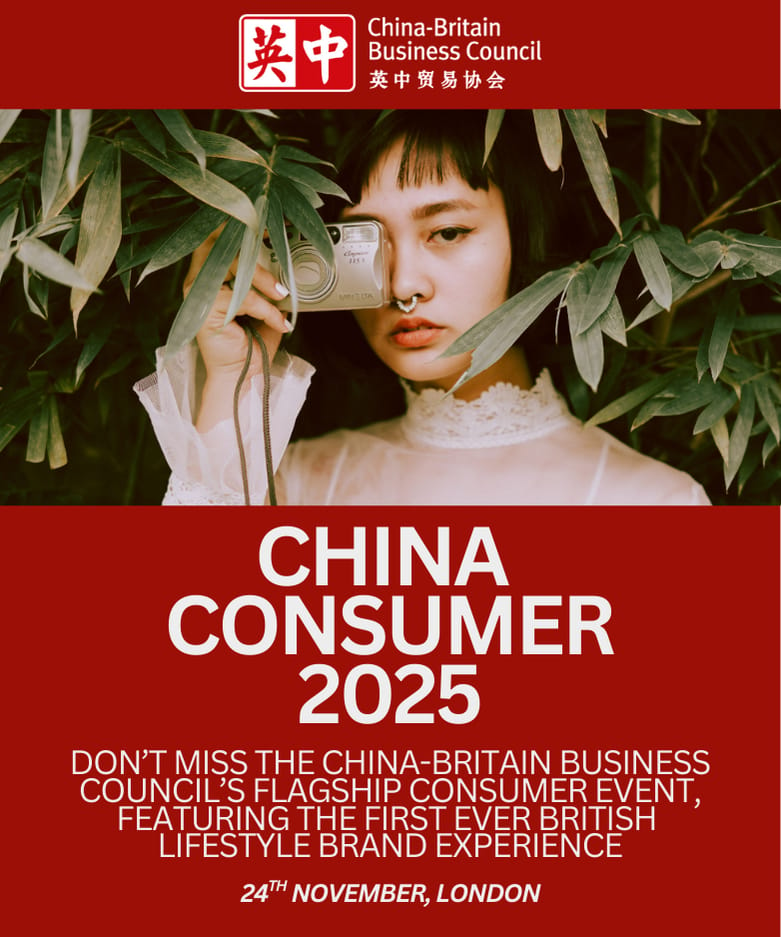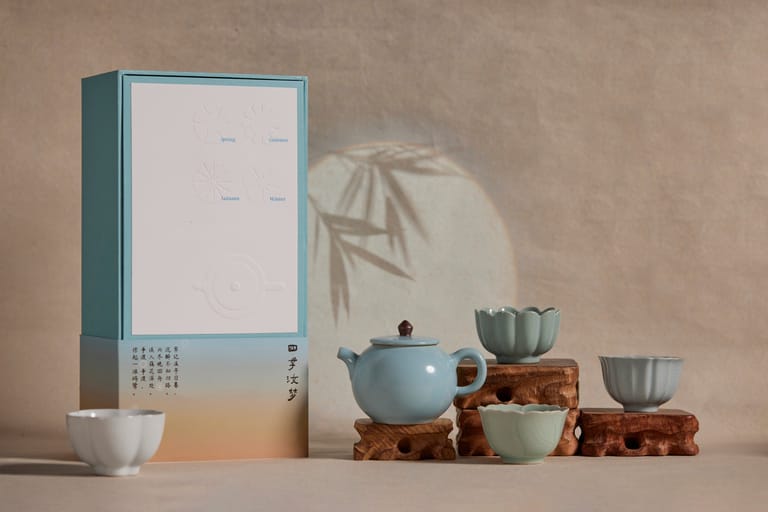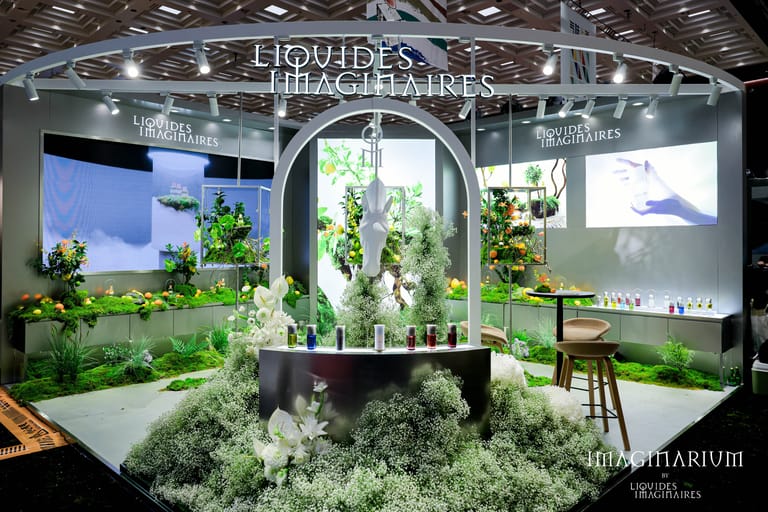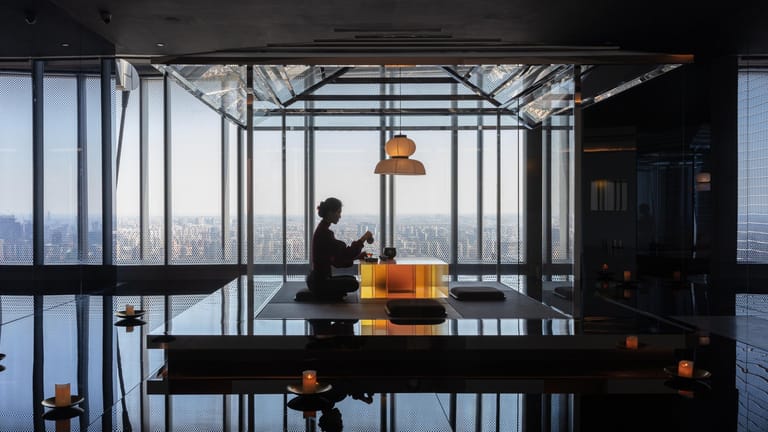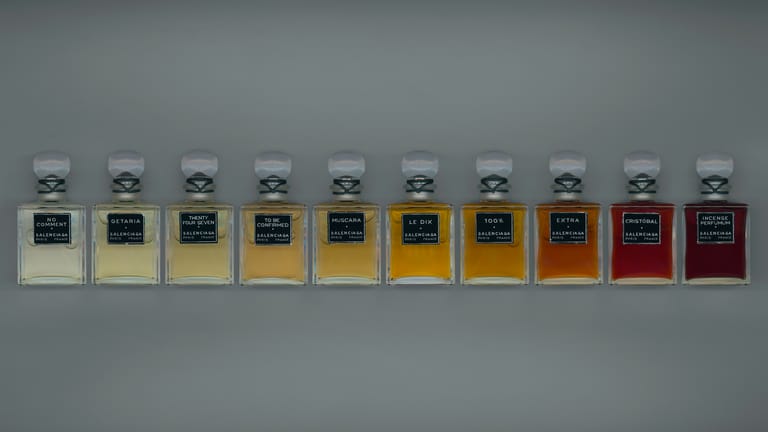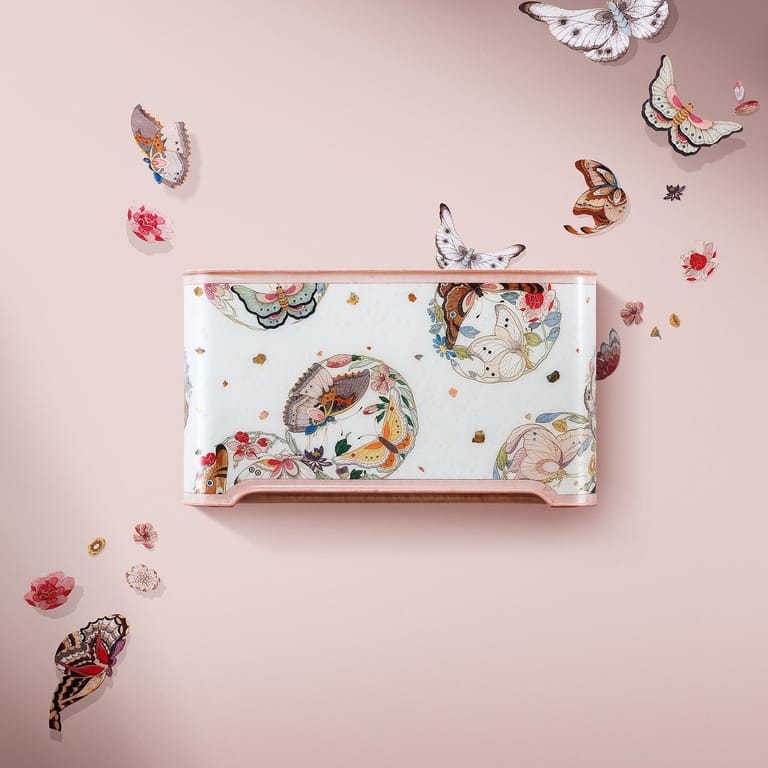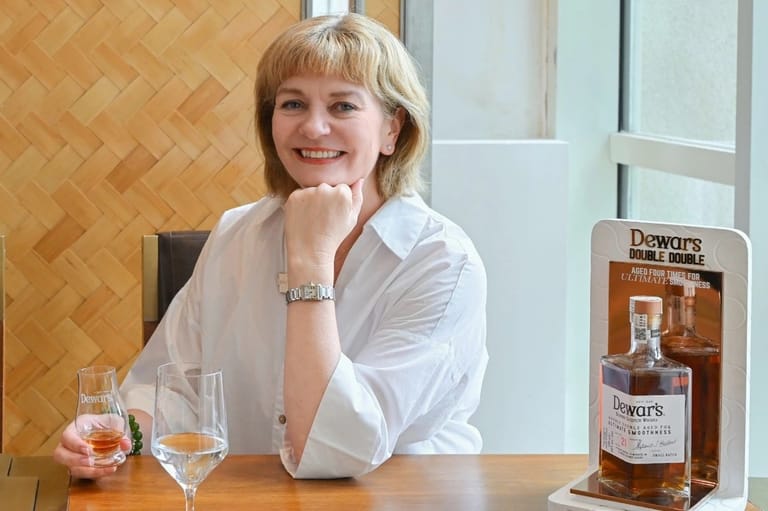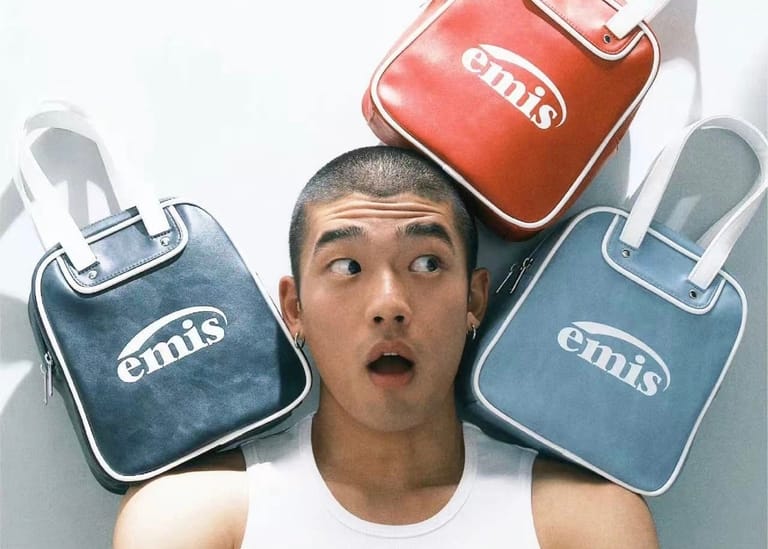What C-Beauty Can Learn from K-Beauty’s European Success Story
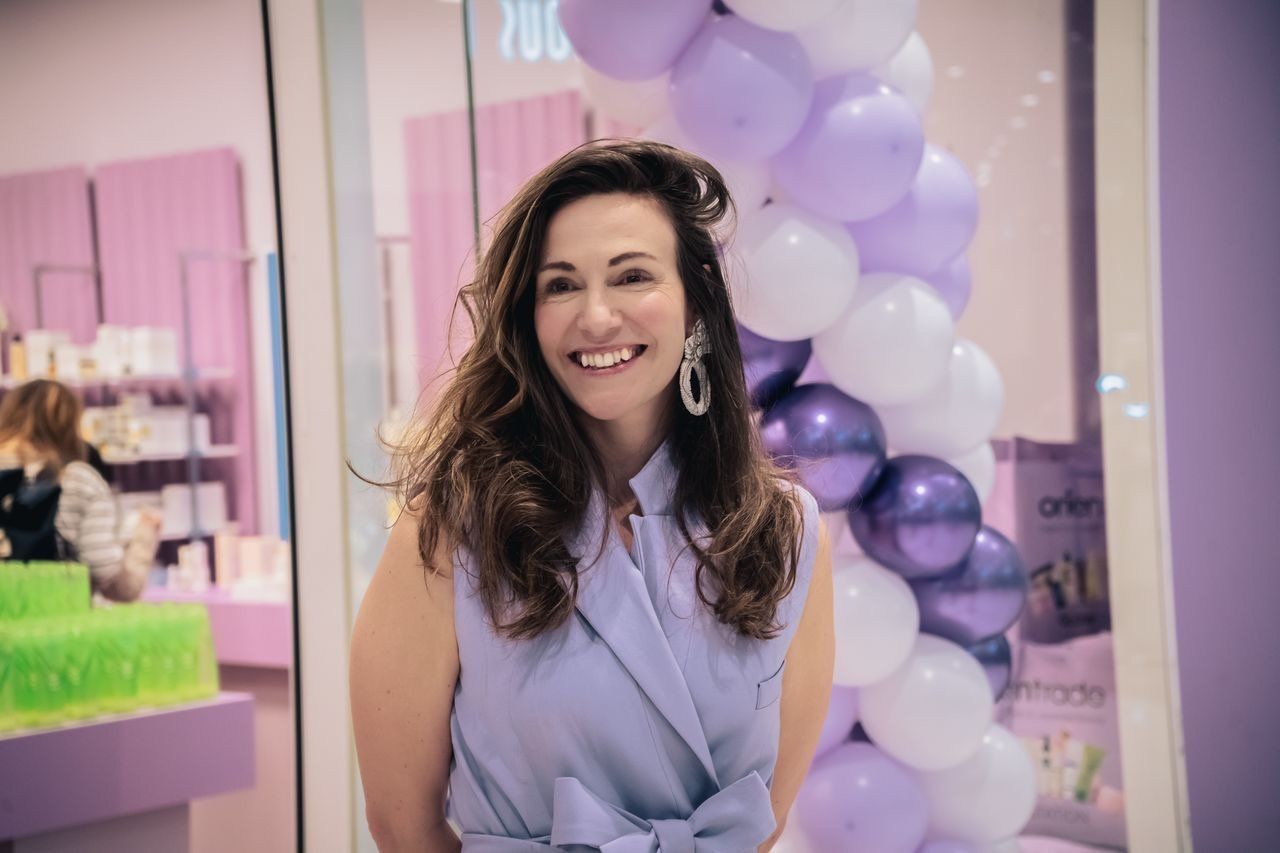
In a sleek Parisian boutique, a young consumer swirls a translucent essence across her hands, following the meticulous steps of a Korean skincare routine. For many Europeans, these rituals once seemed exotic—but today, K-beauty is transforming expectations of skincare across the continent.
Multi-step regimens, innovative formulations, and a holistic approach to wellbeing have pushed Korean beauty into the mainstream. Behind that growth is not just great product, but great storytelling.
Linn Weilar, founder and CEO of Nordic Cosmetics & Healthcare (now part of the Orien Trade Group), is among the key players who’ve helped bring K-beauty to Europe. Her experiential retail concept, Glow Station, specializes in launching Korean beauty brands across the region. In conversation with Jingzhi Chronicle, Weilar shared critical insights—lessons that Chinese beauty brands must take to heart as they eye global expansion.
Reputation Before Results: Why Storytelling Matters
In Europe, a product’s country of origin often signals its quality.
“When Europeans see a product is from France or South Korea, they immediately associate it with high quality,” said Weilar. “For China, there’s still a perception of low cost, and sometimes lower quality. That image needs to change.”
K-beauty successfully shifted perception by building desire through cultural narrative. Multi-step routines, natural ingredients, and wellness-based philosophies weren’t just practices—they were stories.
And those stories drove numbers. Between January and April 2025, Korean beauty exports reached US$3.61 billion, according to the Korea International Trade Association, surpassing the U.S. and second only to France globally.
“China has a strong heritage in medicine and healing arts,” Weilar noted. “But that story must be reimagined—free of outdated associations like animal testing, and built on credible innovation.”
Educating the Consumer: Shifting Mindsets
European consumers are used to simpler skincare: cleanser, moisturizer, and maybe one treatment.
Glow Station knew education was key. Local sales offices were set up across Europe to help explain the logic behind each product step. Key influencers and retailers were invited to test complete regimens—essence, serums, sleeping masks—to feel the difference themselves.
“People are used to three products. Convincing them to try a fourth or fifth requires explaining their skin needs,” said Weilar. “The goal isn’t to upsell—it’s to enhance care.”
Social media played a critical role. TikTok and Instagram helped demystify routines through visually engaging step-by-step content. Storytelling remained front and center—translating complexity into curiosity.
Affordability also helped. K-beauty never positioned multi-step routines as luxury—they were framed as affordable self-care.
Retail as Ritual: Experience Over Transaction
Post-pandemic, offline retail returned—but transformed.
“You want to meet someone with knowledge, who gives good advice,” Weilar said. “Offline isn’t dead—it just needs purpose.”
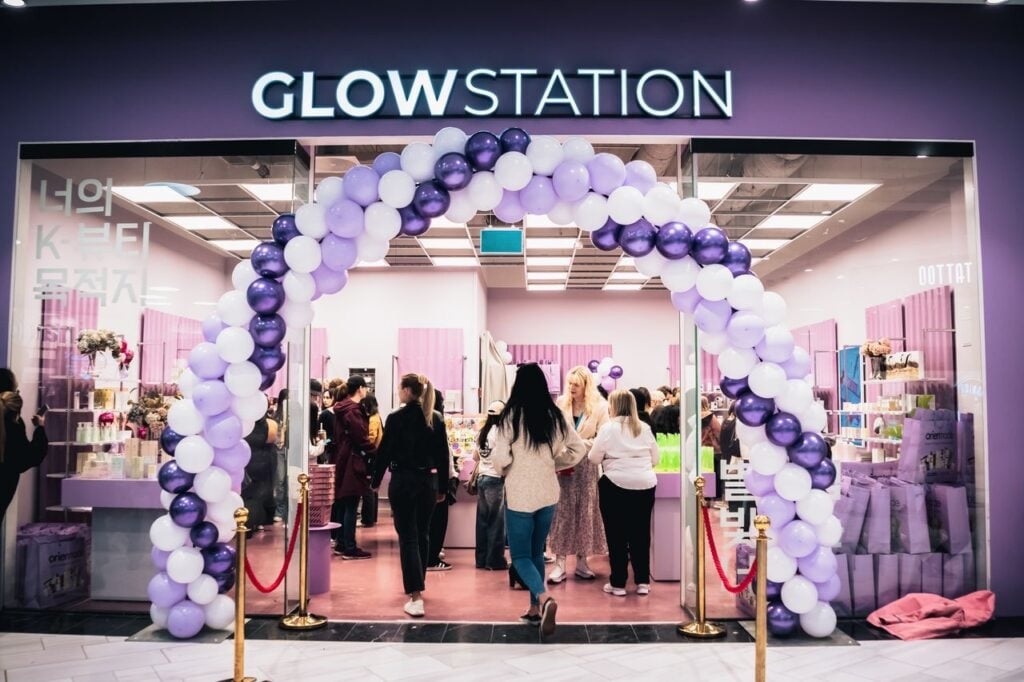
Today’s best retail experiences offer education, consultation, and emotional connection. In Europe, stores are becoming storytelling spaces. Demos, personalized regimens, and mood-enhancing rituals take center stage.
“Even during a crisis,” Weilar added, “people want something that feels good.” That “feel-good factor” has become the core of K-beauty’s European success—and a guide for C-beauty’s next steps.
The Next Wave: Trends Redefining Skincare in Europe
As K-beauty evolves, new consumer priorities are emerging:
- Wellness-driven beauty: Sleep aids, stress relief, and mood-enhancing skincare are gaining ground.
- Personalization: At-home skin testing and tailored products are moving from novelty to norm.
- Men’s grooming: Formerly niche, it’s growing steadily across Europe.
Influencer-driven discovery remains vital—particularly for younger consumers. But what’s shifting is why they buy: wellness, experience, and connection are replacing surface-level aspiration.
Strategic Takeaways for Chinese Beauty Brands
K-beauty’s playbook isn’t about replication—it’s about resonance. For C-beauty, that means leveraging China’s deep heritage in a modern, ethical way. Here’s how to begin:
- Build an authentic narrative: Frame traditional Chinese medicine and wellness through modern, ethical storytelling.
- Invest in education: Contextualize new routines and ingredients through content, consultation, and experience.
- Create experiential retail: Make stores centers of ritual, not just retail.
- Focus on emotional resonance: Build products that support mental and physical wellbeing.
- Own your channels: Use both partner and brand platforms to shape your image and earn loyalty.
K-beauty succeeded not because it had better products—but because it had a better story, better experiences, and a deeper emotional connection with consumers.
For Chinese brands ready to go global, those same tools could be even more powerful—if used with intention.


